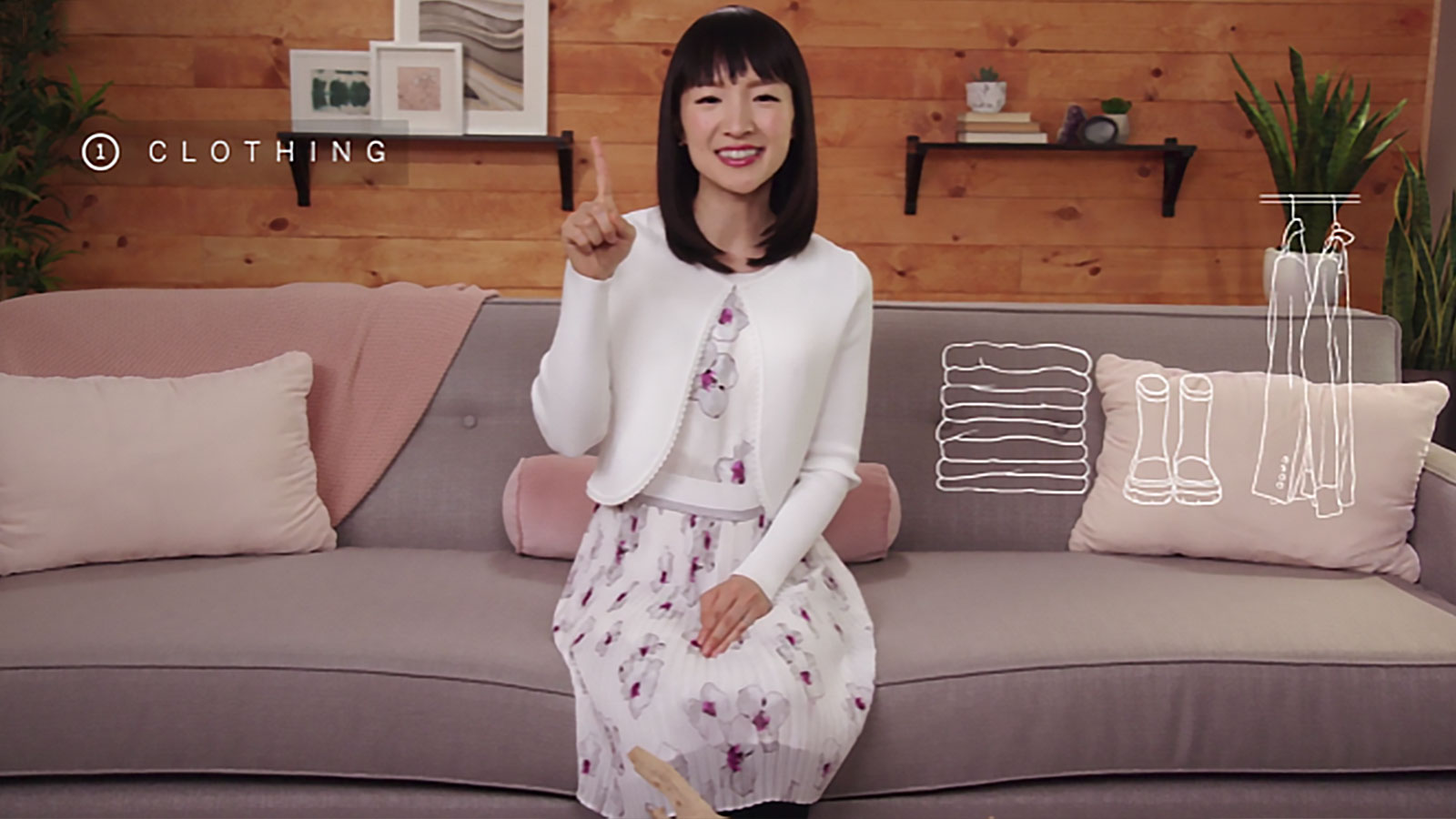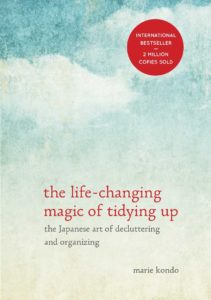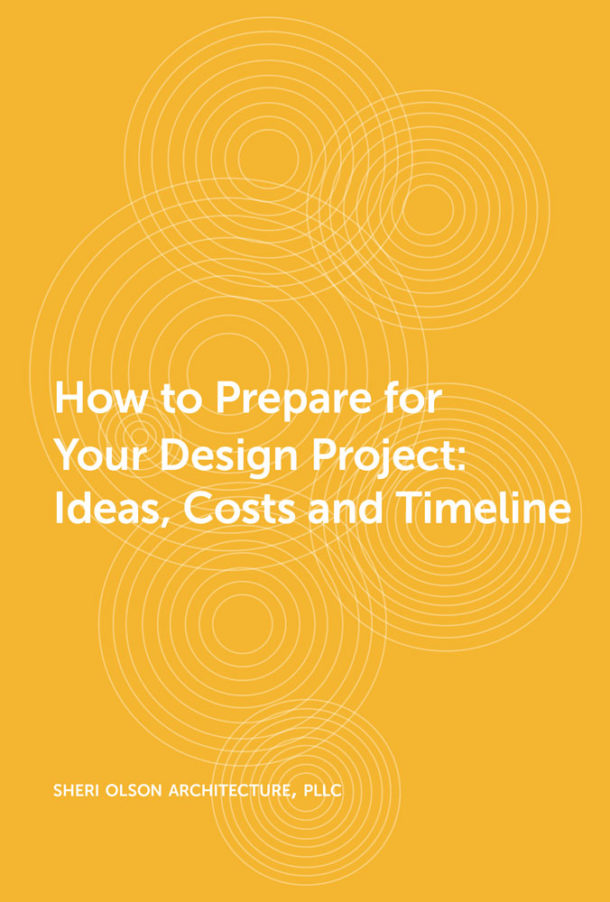Sparking Joy: The Scientific Basis for Marie Kondo’s Tidying

First came Marie Kondo’s internationally best-selling book, “The Life-Changing Magic of Tidying Up,” then came the backlash. Now she is back as the star of Netflix’s hit show, “Tidying Up with Marie Kondo.” Watching the transformation of real people’s lives over weeks as they clear out physical-and-emotional baggage makes this message even more powerful. Her book remains one of the most insightful I’ve read about how the state of our surroundings directly impacts our lives.
According to Kondo, who was once a Shinto shrine maiden and had been tidying up since she was a kindergartener, a dramatic reorganization of the home can create dramatic changes in lifestyle and perspective. Recent research on the effects of clutter–both on our brains and the environment–appears to back her claims.

In essence, Kondo believes you should surround yourself only with the things you love. Her method does not rely on buying elaborate storage systems (she calls storage experts “hoarders”) but instead requires the more difficult task of discarding unnecessary belongings. She takes each item in hand and asks: “Does this spark joy?” If it does, it stays. If it doesn’t, it goes. “The question of what you want to own is the question of how you want to live your life,” says Kondo.
Kondo’s theory has scientific support, according to the Princeton University Neuroscience Institute, as recently reported in The Washington Post. The institute’s study, “Interactions of Top-Down and Bottom-Up Mechanisms in Human Visual Cortex,” shows the negative impact of visual stimulation (a bottom-up mechanism) on focus (top-down) attention. The findings show that due to the way our brains process visual information, it takes more energy to focus attention in an environment that is in disarray than it does in one that is orderly. All of that extra “stuff” subconsciously competes for your attention, adding unneeded stress and tension in your life.
Our excess belongings can also be a drain on the environment. According to a recent article by Lloyd Alter in Mother Nature Network, “Even as our houses get more [energy] efficient, they get bigger, and we fill them with more stuff, pretty much negating the efficiency gains.” Newer homes, with their larger square-footage, have more computers, TVs, cable boxes, and video game systems. In total, new homes consume about 18% more energy on average than older homes to power all of the additional electronic devices that they can hold.
As an architect, clients often request more storage when building a new home or remodeling. In some cases, there is a clear need for space for sports equipment for active families or a new kitchen that is better organized (but not necessarily bigger). I also see a lot of things that are not bringing joy to anyone’s life—no one needs that much Tupperware—and could be donated to Goodwill without being missed. Construction costs are climbing and that extra 8-foot-by-2-foot closet to hold clothes you haven’t worn in ten years (Hey, they’ll fit again someday!) could cost you $5,000. That’s a couple of tickets to Europe.
Sometimes there is a need for a type of creative storage that doesn’t exist in a lot of homes, what I call the drop zone for efficient organizing of the items that come into a house daily. Storage space that is the end-of-the-line for items that aren’t used daily—or ever–is a drain on the house, especially when that square-footage could be a reading nook, room for a freestanding soaking tub in the master bathroom or a sauna. Instead of building more storage, allow more open floor space for kids to play or make room for your creative activity—painting, printmaking, practicing music.
An uncluttered home also provides the opportunity to sit quietly and watch the light change in a visually quiet space. That serenity and inspiration is something we all seek, and one reason that Kondo’s book has sold 2 million copies. Now that I’ve finished it, she would ask me to thank it and discard it, but it brings me joy, so it’s staying.
Have an Upcoming Project?
My firm offers full architectural services from helping clients to determine their needs to being your advocate during construction. I enjoy working with clients who love design and want to be part of a collaborative process.
Email me at contact@sheriolson.com to set up a time to talk about your upcoming project.
Additional Articles
(206) 720-5510 | contact@sheriolson.com

